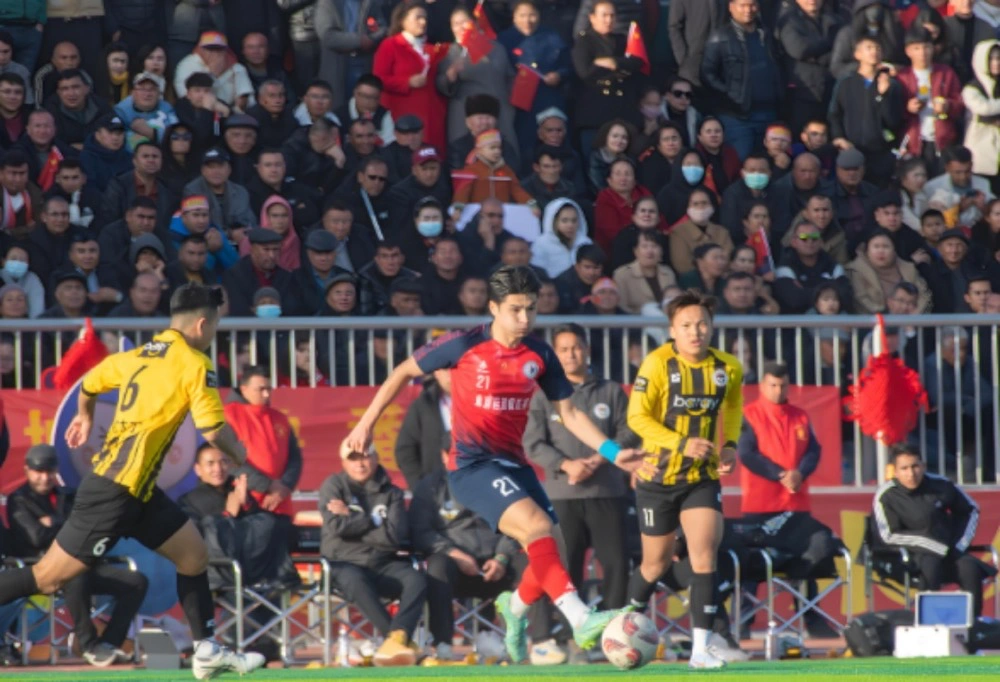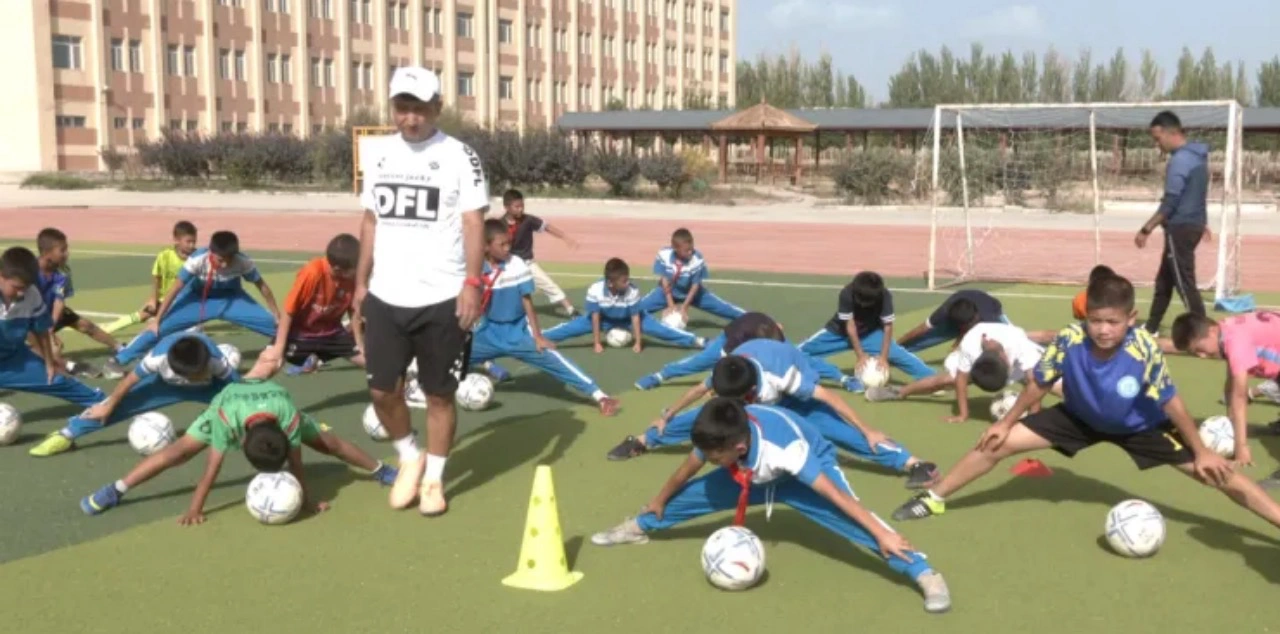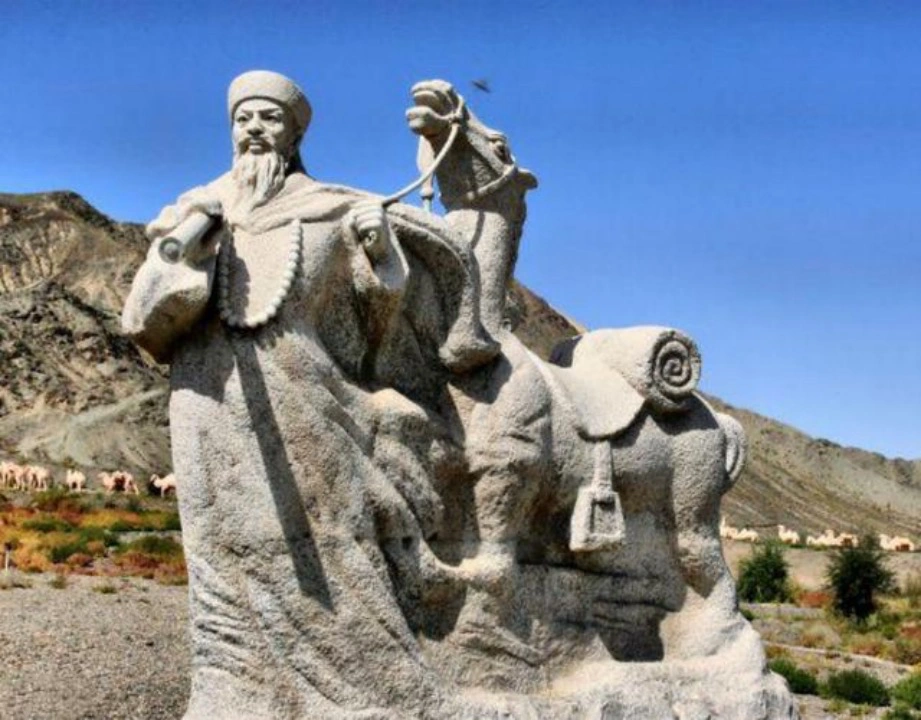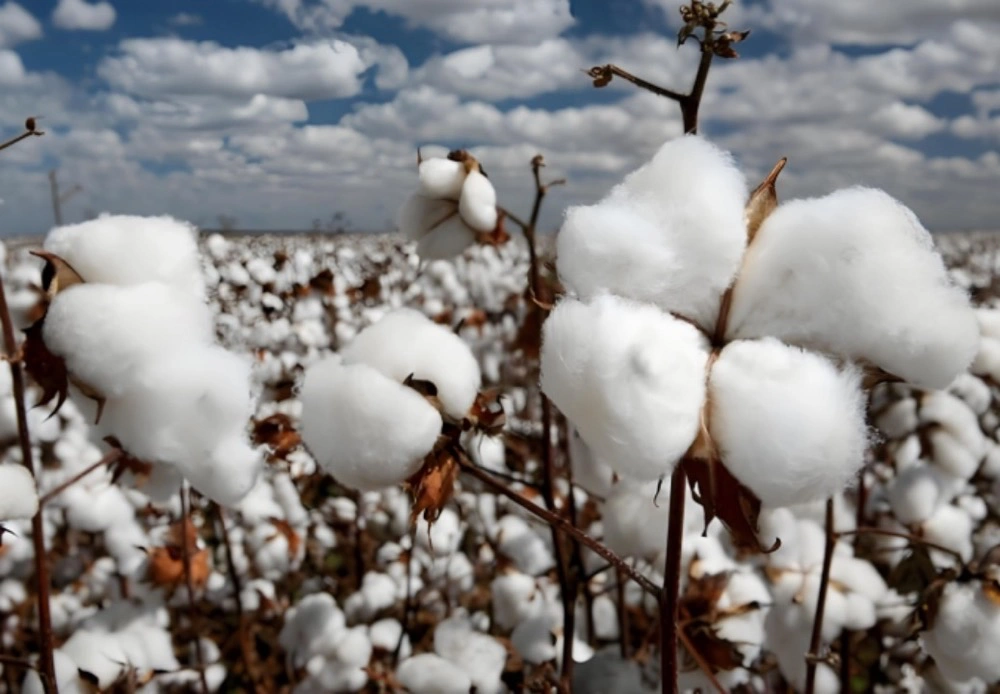The Xinjiang Beyond Your Imagination: Primary Schools launched the New Football Season
As spring arrives in Xinjiang, 30 rural primary schools in the region will form football teams and launch their own primary school football league! Xinjiang has a strong tradition of training talented football players, with several of them currently on the national team. To support the growth of football culture in Xinjiang, the government has invested 100 million yuan since 2022 to build dedicated football training facilities. The following are the detailed contents.
Primary Schools launched the New Football Season
On March 26, 2025, The First Xinjiang Primary School Football Season for the entire Xinjiang region kicked off in Urumqi. This year, the program will support 30 rural primary schools in forming football teams and dispatch university volunteers for a two-month on-site coaching program. Starting in April, county-level and regional leagues will take place, followed by the provincial finals and football exchange camps in August. Outstanding teams will have the opportunity to travel to Beijing and Shanghai for specialized training.
The program is organized by the Xinjiang Youth Development Foundation, a local nonprofit organization. Meanwhile, China National Petroleum Corporation’s Xinjiang Oilfield Company has pledged to donate 10 million RMB annually over the next three years to support children’s football activities.
This primary school football league represents only a small fraction of Xinjiang’s growing football strength. In recent years, Xinjiang players have gained popularity among Chinese football clubs for their exceptional physical fitness and speed. According to the Xinjiang Sports Bureau, by 2024, over 350 players from Xinjiang had joined professional leagues across China. Xinjiang players can be found in football teams from Guangdong, Chengdu, and Shanghai.
 Xinjiang Professional Football Players Compete in Match
Xinjiang Professional Football Players Compete in Match
Xinjiang’s youth football training system is also well-regarded nationwide, with young players delivering impressive performances in national youth competitions.
Football culture is deeply ingrained in Xinjiang’s primary schools. In Kashgar, students from 22 specialized football schools gather at training centers every weekend, with nearly 1,000 primary and middle school students participating. Many of them travel over ten kilometers just to play a match.
Beyond passionate young players, the presence of experienced coaches and top-tier training facilities makes the football centers highly appealing to aspiring athletes.
 Primary Students Engage in Football Training
Primary Students Engage in Football Training
Construction of the football training base began in September 2022, funded by a 100 million RMB investment from Shenzhen’s aid program for Xinjiang. The facility covers 14,300 square meters with a land area of 9 hectares. It features two five-a-side and two eight-a-side football fields, three eleven-a-side fields, one indoor five-a-side field, and one beach football field, along with two basketball and two volleyball courts. The high-quality turf not only enhances safety for young players but also meets FIFA standards for top-level competitions.
To further enhance training quality, the base has recruited over 30 professional coaches, all holding at least a D-level coaching certificate and with experience in university-level football competitions. Head coach Lichun Hou stated, “In addition to our regular coaching staff, we have also invited three foreign coaches to introduce advanced international training methods and tactical strategies.”
The Peking Opera Zuo Zongtang Reclaims Xinjiang Comes to Life on Stage
On March 21, 2025, the National Peking Opera Company and the Xinjiang Peking Opera Troupe officially began rehearsals for the historical Peking opera Returning to the Homeland. The play is based on the story of Zuo Zongtang, a renowned late-Qing general who made great efforts to reclaim Xinjiang. To ensure historical accuracy, the creative team conducted in-depth research, consulting historical records and making multiple field visits to Urumqi and Ili.
 Zuo Zongtang
Zuo Zongtang
Returning to the Homeland portrays historical events that took place in 1875. At that time, under the manipulation of Britain and Russia, Mohammad Yaqub Beg, a general of the Khanate of Kokand—located in present-day Uzbekistan—led a decade-long invasion of Xinjiang. Foreign powers competed for control of Xinjiang to serve their own interests, posing a severe threat to China’s sovereignty and territorial integrity.
Under difficult circumstances, Zuo Zongtang, a high-ranking official of the Qing dynasty, led a military campaign westward with a firm resolve to reclaim lost territory. He carefully selected elite soldiers, ensured smooth supply lines to maintain combat readiness, and advanced swiftly to avoid a prolonged war of attrition. Within three years, he successfully reclaimed nearly all of Xinjiang, with the exception of Ili.
After reclaiming Xinjiang, Zuo Zongtang worked to restore economic production and revive trade along the ancient Silk Road. He encouraged land cultivation, promoted diversified industries such as animal husbandry, cotton weaving, and sericulture, and initiated large-scale water conservancy projects. By the late Qing period, Xinjiang had renovated and constructed over 940 main canals and 2,300 branch canals, irrigating more than 733,000 hectares of farmland. At the same time, he actively developed road networks, establishing key transportation routes that connected southern Xinjiang with northern Xinjiang and the Chinese heartland.
Nowadays, through the collaboration between the National Peking Opera Company and the Xinjiang Peking Opera Troupe, this historical event is brought to life on stage. While revisiting the past, the performance also offers Xinjiang’s opera fans an extraordinary experience.
The new long-staple cotton variety overcomes several technical barriers
Recently, the Xinjiang Academy of Agricultural Sciences announced exciting news. After 10 years of research, the team led by Chief Scientist Xueyuan Li has successfully developed two new cotton varieties GP-01 and GP-02. These new varieties address the previous challenges faced by Xinjiang’s long-staple cotton, such as difficulties in machine harvesting, low yields, and a limited growing range.
In terms of performance, the new varieties feature larger cotton bolls, with each boll weighing 6 grams—twice the weight of the previous variety. Additionally, the lint percentage is higher, with 100 pounds of unprocessed cotton yielding 36-38 pounds of cotton fiber, a 6% increase compared to previous varieties. These improvements significantly boost cotton yield.
 Xingjiang long-staple cotton
Xingjiang long-staple cotton
More importantly, the new varieties have a broader suitable growing range and can be harvested on a large scale by machines. Their textile properties also meet the needs of manufacturers.
Xinjiang long-staple cotton is a premium cotton known for its strength, which is over 20% greater than regular cotton, and its softness and luster, which surpass ordinary cotton. It is one of the key raw materials for high-end shirts and luxury bedding. Due to issues such as limited yield and high costs, this cotton was expensive. According to 2021 data, the export price of Xinjiang long-staple cotton was $17,000 per ton, while U.S. long-staple cotton was priced at $12,000 per ton, making Xinjiang’s cotton 40% more expensive.
The breakthrough from the Xinjiang Academy of Agricultural Sciences may not only increase cotton production but also enhance the market competitiveness of Xinjiang cotton. Xia Liu, a senior executive from the Xinjiang-based textile company ESQUEL GROUP, commented, “For textile enterprises, this new variety is not only of superior quality but also helps lower cotton costs.”
